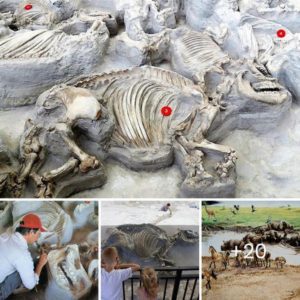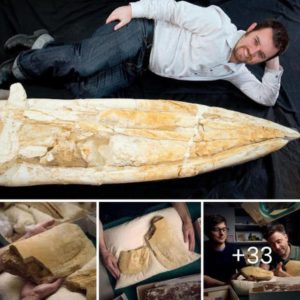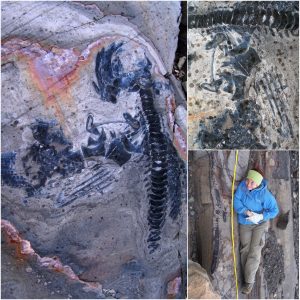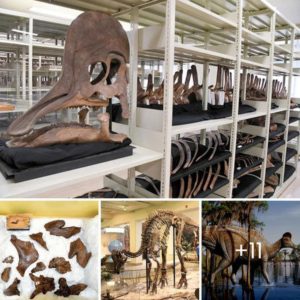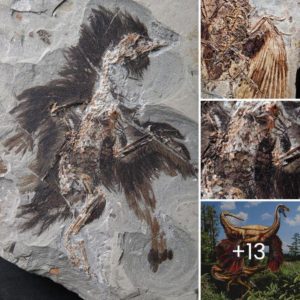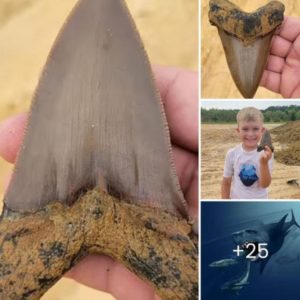Archaeologists from the University of Zurich unearth 205-million-year-old fossils of a giant sea monster 9,000 feet (2,700 meters) above sea level in the Swiss Alps. According to MailOnline, the marine monster grew to a length of 65 feet (20 meters) and weighed 80 tons, making it the largest animal that ever lived.
The team found the teeth, ribs, and vertebrae of the giant sea monster, representing three different ichthyosaurs. The huge reptiles used to swim in Panthalassa, which is an ocean that surrounds the supercontinent Pangea in Late Triassic.
Largest Animal That Ever Lived
Among all the fossils the team unearthed, the teeth are the most notable as its root is twice the size of the largest aquatic dinosaur’s tooth ever found, which also belonged to a 50-foot ichthyosaur. Lead author Dr. Martin Sandler from the University of Bonn said that “bigger is always better” noting that a large body size has selective advantage.
He pointed out that there were only three animal groups that weighed larger than the 10-20-metric tons — long-necked dinosaurs, the whales, and the giant ichthyosaurs from the Late Triassic.
University of Zurich’s Palaeontological Institute and Museum retired curator Dr. Heainz Furrer, who is part of the team, was thrilled about the discovery and said that this could be the world’s longest ichthyosaur, with the thickest tooth and largest trunk vertebra ever discovered in Europe. The massive creature used to swim into the shallow seas of the Tethys on the eastern side of Pangea.

As Sci-News reported, the team found the fossils of the three giant ichthyosaurs from the Kössen Formation in the eastern Swiss Alps. They found that the two sets of skeletal remains are two different species of Shastasaurus-like ichthyosaurs.
The larger and younger specimen may have been as big as the Shastasauru sikkanniensis, which is 69 feet (21 meters long), and the smaller is nearly the same size as the Shonisaurus popularise, which is 49 feet (15 meters long).
The team discussed their findings in full in their study, titled “Giant Late Triassic Ichthyosaurs From the Kössen Formation of the Swiss Alps and Their Paleobiological Implications,” published in the Journal of Vertebrate Paleontology.

Brief Description of Ichthyosaur
The term ichthyosaur is a Greek word that means fish lizard and is used to describe giant marine reptiles that look like fish and dolphins with an elongated snout like a crocodile, according to New World Encyclopedia. These sea creatures lived in the Mesozoic era, the same time when dinosaurs ruled the land.
Early ichthyosaurs were more slender and lizard-like. However, they evolved and eventually looked more like fish with dorsal fins and tail fluke. Previous findings show that these marine animals could grow up to four meters, but the recent fossils found in the Swiss Alps reveal that they can grow up to 20 meters.
Scientists believe that ichthyosaurs were land reptiles that moved back to the water during the middle Triassic period. They were practically abundant in the Jurassic period until the plesiosaurs replaced them in the Cretaceous Period.
